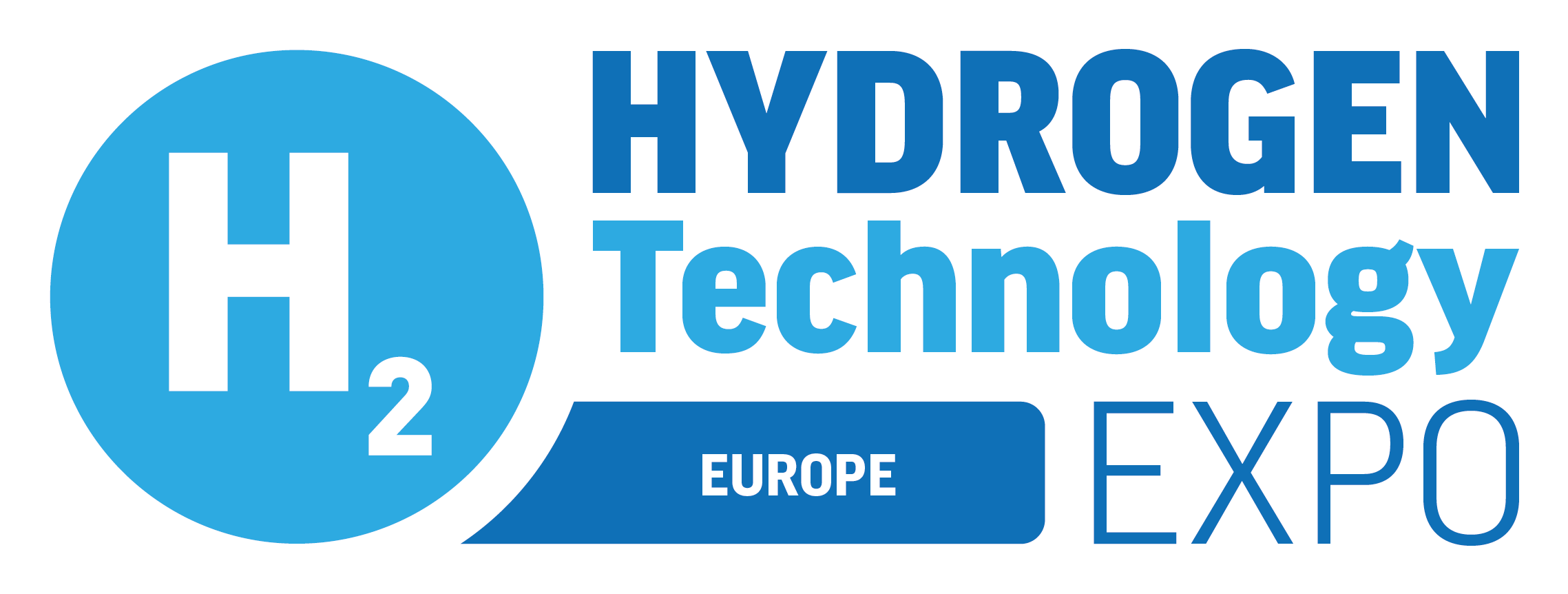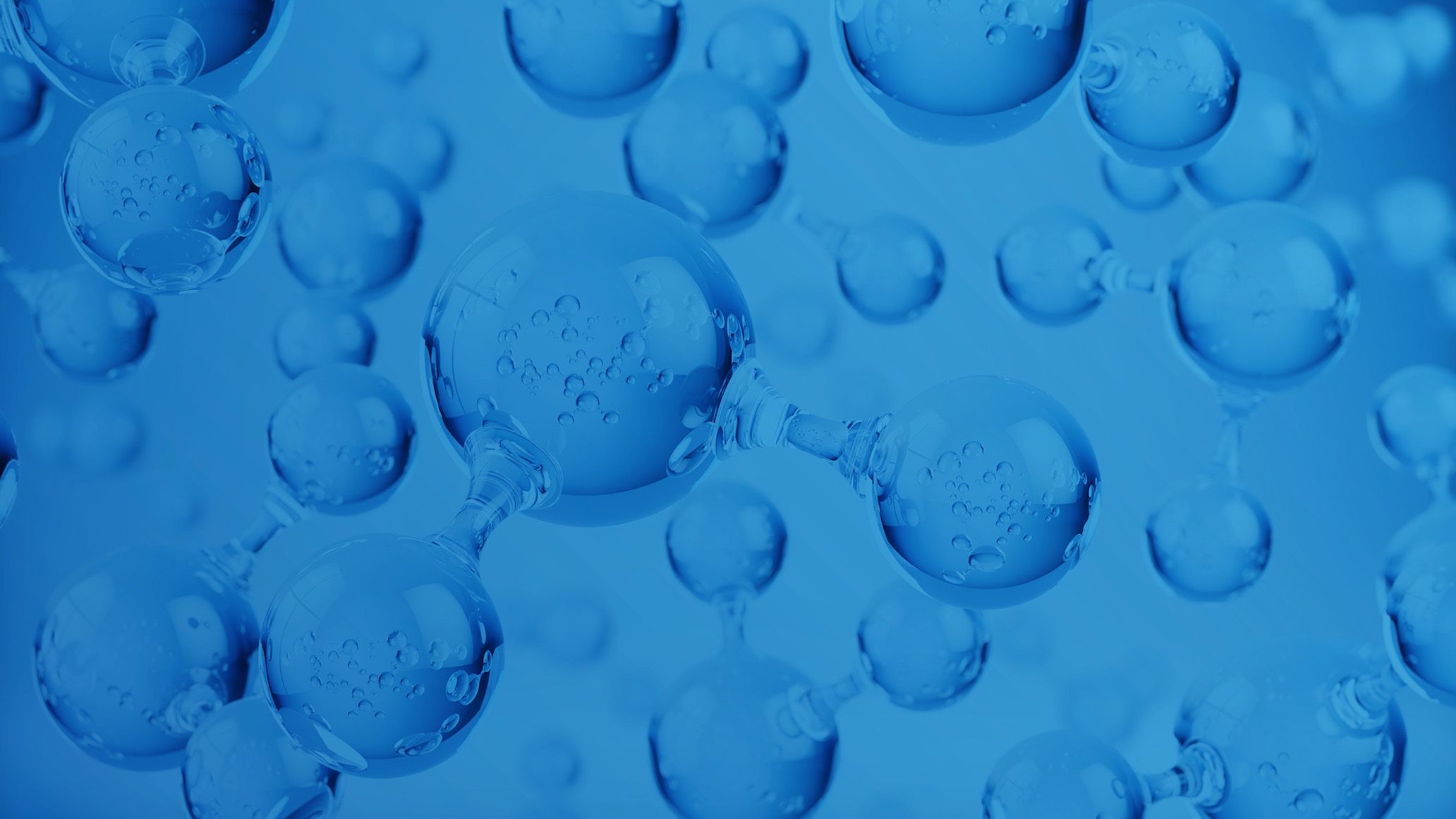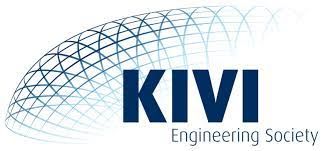Innovation Fund has awarded Agfa’s Belgian electrolyser 11m euros in funding
)
Agfa’s plans to build a hydrogen electrolyser membrane production plant, will now go ahead as it has been provided with funding from the EU Innovation Fund.
The purpose of this plant is to support 20GW of alkaline electrolysers per year and this will now be made possible, as the funding the project will receive will be worth 11m euros.
The plan for this plant is for it to be based in Mortsel, located in Germany where it will produce its Zirfon membranes. These innovative membranes are capable of providing alkaline electrolysers with high efficiency and durability, even when the technology is under fluctuating conditions. The technology operates through the use of renewable energy sources. Alongside the forward-thinking design and excellent capabilities of this technology, Agfa has also made sure to design the site for this technology in a way that will allow it to expand and develop in the future.
Whilst this project is under development, Agfa has also shown interest in starting a collaboration with VITO, a technology development centre. The purpose of this collaboration would be to work on developing novel porous gas separator membranes to improve electrolyser performance. During this collaboration, the companies have agreed to work together and develop this technology, whilst also looking for funding opportunities that will help them complete their research.
Agfa’s Zirfon membranes are not new to the hydrogen market, in fact they have been in the industry since 2007 and now the brand is used by more than one hundred companies worldwide. It was in 2022 when thyssenkrupp nucera chose to use the membranes during their large-scale green hydrogen production projects.
CEO of Agfa, Pascal Juery, spoke about the company being “confident” that the new plant will be operational by 2025, as they have already secured the environmental permits required.
CEO of VITO, Inge Neven, commented, “We are developing materials that enable safe and cost-effective production of hydrogen.”




)
)
)
)
)
)
)
)
)
)
)
)
)
)
)
)
)
)
)
)
)
)
)
)

)
)
)
)
)
)
)
)
)
)
)
)
)


)
)
)
)
)
)
)
)
)
)
)
)

)

)
)
)

)
)
)

)
)
)
)
)
)
)
)
)
)
)


)
